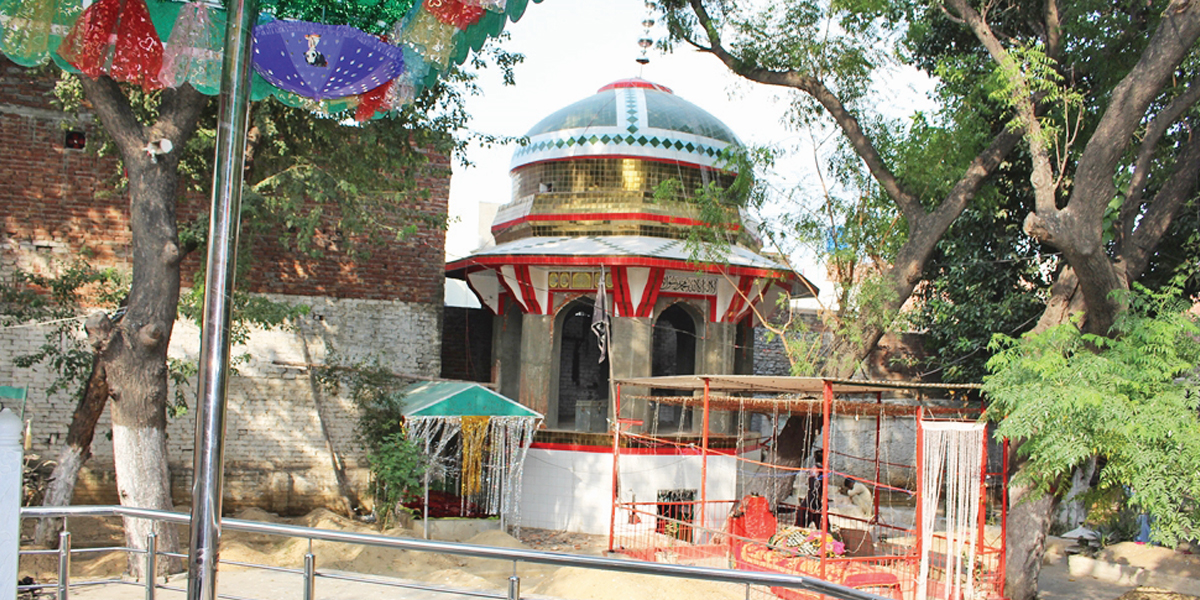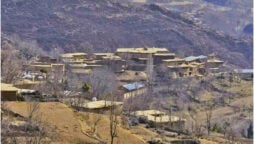Synopsis
All that remains of the Fateh Garh garden is an octagonal tower and a broken wall

Lahore is a city that is remembered by many names. The Walled City has, in fact, been the favourite of many kings and emperors. That’s why Mughal Emperor Jahangir made a will to be buried in Lahore. During the Mughal period, Lahore was considered as one of the best developed cities in the world.
There were several gardens built by the Mughal emperors in Lahore. Centuries later, the city still has plenty of gardens, but most of them are lost in the dust of history. Among these vanished gardens, one of them is Fateh Garh garden, which was built by the Mughals on the eastern side of the canal of Lahore city. This garden is barely mentioned in the history books, but the present ruins in the area still tell the story of their past.
Faizan Naqvi, who is also known as Lahore ka khoji and has written 11 books on Lahore’s history, spoke to Bol News and informed about the present condition of this garden. Naqvi said a tower in Fateh Garh garden and some broken walls still exist in the compound of Chiragh Ali Shah’s graveyard on Fateh Garh Road.
Naqvi said that all the locals know there used to be a garden here. “There were 12 window buildings, fountains, baths, waterfalls and many other buildings. But no one was aware of the legacy and regular history of this spectacular garden.”
Researcher Iqbal Qaiser in his book ‘Pinda Wicho Pins’ wrote the history of this garden. According to his research, during the period of Mughal Emperor Shah Jahan the agricultural land was snatched from the locals of Qasba Kotla Lewan for the plantation of this garden.
When the people were stripped of their land the village became desolate and the locals migrated to settle in different areas. This village Kotla Lewan was named after the settler Lewan. For years this village was inhabited but after the initiation of the construction of Fateh Garh garden this village vanished from the face of the earth. However, later three clans of the Arain tribe came back to settle down here again.
They established a population in and around the garden. At that time the garden was under the control of Sardar Lehana Singh. The day this garden came under the control of Sardar Lehana Singh, the very same day his son was born and was named Fateh Singh. The name of the entire area became Fateh Garh.
This garden belongs to the earliest times of Shah Jahan.
According to renowned archaeologist Saifur Rehman Dar, this garden was constructed by Dara Shah Kaku. This was a royal garden which was located on the outskirts of Lahore to the east. Other gardens such as Gulshan-e-Iqbal Park Bagh and Angori were also present close to it to its north.
Later, upon the orders of Shah Jahan, Shalimar garden was built at mouza Baghbanpura, which reportedly became very famous. After the construction of Shalimar garden the Fateh Garh garden lost its importance.
After examining the old records of the department of archaeology and reports, it was revealed how wonderful this garden was at its time. This garden used to cover an area of 80 kanals.
There were two porches which could be passed with an elephant ride. Inside there were two main 12-windows buildings. A 12-feet high fence wall was constructed around the garden. That’s why the locals used to call it ‘walled garden.’
At the time of the creation of Pakistan all that was left of this garden was its ruins.
The broken building of this magnificent garden can be seen in pictures which were taken in the 1960s. With growing population houses were built on the land of the garden and at the time of then prime minister Zulfikar Ali Bhutto the garden was officially declared as a regular housing scheme and it was also approved by the LDA as a residential colony.
At this point in time all the traces of Fateh Garh garden are gone. In the compound of the cemetery named after Syed Chiragh Ali Shah, there is still a tower and wall built with small bricks standing. This surviving tower is an octagonal structure with eight corners.
Some part of this garden’s wall is still there. The tomb of an elder named Chiragh Ali Shah has also been built within the tower because of which this tower has survived till now. This tower has two floors. The grave is in the basement below, while on the upper floor a tomb is made. Reportedly, his followers have filled the tower with colourful tiles, due to which its original beauty has been lost. There is a graveyard around it.
Those who come here are not aware of the fact that this shrine is the tower of the historic garden on which the area was named. Lost in the dust of history, this garden has lost its traces but still remains on the tongues of the people.
Bol News spoke to director of archaeology Punjab Maqsood Ahmad regarding the devastating condition and protection of this garden. Ahmad told Bol News that the garden is protected under Punjab Special Premises (Preservation) Ordinance 1985. And we are mapping out a plan to restore this garden in the near future.
Catch all the Breaking News Event and Latest News Updates on The BOL News
Download The BOL News App to get the Daily News Update & Live News.












 Read the complete story text.
Read the complete story text. Listen to audio of the story.
Listen to audio of the story.